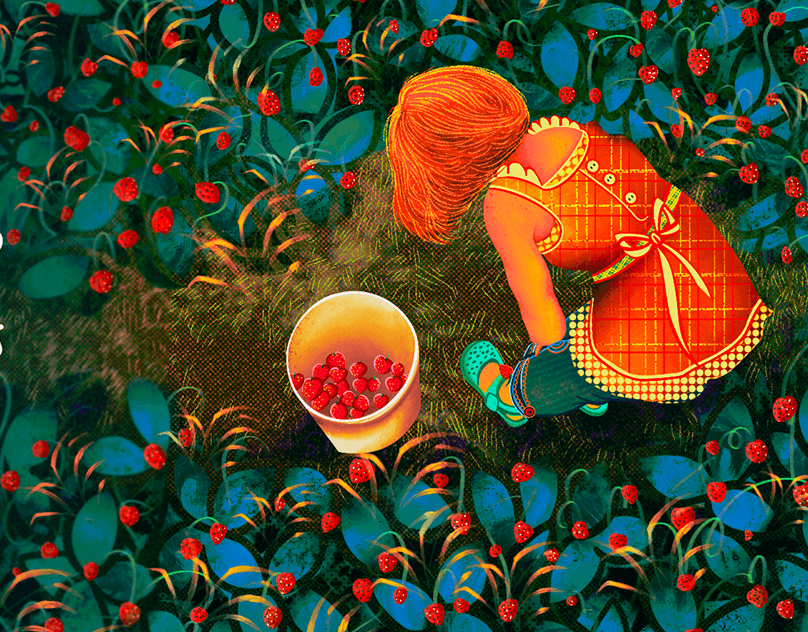








Branding for Boxpark Sushi
This page explains how process was utilized to help solve Boxpark Sushi’s brand differentiation to attract more customers than nearby sushi restaurants in Eastside Milwaukee. Through many revisions and considerations, this leads to the final branding of Boxpark Sushi.
The beginning process of developing Boxpark Sushi's brand involved researching the brand's product or service. George Felton (2013) splits this research into two categories: product-oriented and customer-oriented. Boxpark Sushi's product is in the category of sushi. However, it is the experience and environment that benefit the customer. At first, Boxpark sushi was thinking of multiple menu items that would involve sushi, Asian Fusion, and Americanized sushi, which would cater to many customer's needs. However, this soon developed into a concept that would focus on the education of sushi.
The second branding idea for Boxpark Sushi was to develop and open a sushi bar that would be utilized to teach people about the preparation and history of sushi. Like hibachi bars, chefs would prep and make sushi in front of the customer while teaching them what makes great sushi and how to prepare sushi properly. Following this idea was the usage of environment and space. Creating a home-like environment while eating sushi adds a bit more uniqueness to the brand. However, this idea was not practical because it only considers that the customers visiting Boxpark Sushi are novices or first-time eaters of sushi.
However, the idea of a home-like environment while eating sushi became the solution for Boxpark Sushi's brand. Innovative thinking took place to find a way in which this space of Boxpark Sushi would be a benefit to customers and the product. Felton's (2013) approach in customer-oriented strategies is how the product relates to lifestyle. A café sushi restaurant had the benefits of having an environment that is calming and relaxing as if being in a living room. The benefit to the product is that if customers stay longer at Boxpark Sushi, they may be more inclined to buy more sushi. The final branding for Boxpark sushi would be a restaurant that serves sushi in a café environment. Design research was done to connect the brand to the target audience.
Boxpark Sushi's logo fits with an abstract and symbolic logo with its nonliteral approach to the concept of Boxpark Sushi (Hardy, 2011). Also, relying on geometrical shapes and curved lines makes the logo more versatile, creative and adaptable (Hardy, 2011). Boxpark Sushi's logo is circular. According to Meagher (2021), circles relate to stability, welcoming, positivity, and unity; Boxpark Sushi is a place of unifying friends, family, and coworkers in a relaxing and calm space. Along with the shape of Boxpark Sushi's logo, curves are utilized to bring motion to the design. Meagher (2021) says that logos that use curves shows that a brand is more focused on a personal link. This enhances Boxpark Sushi's personality of being friendly and engaging with its customers based on the curved lines in the logo design.
Boxpark Sushi is a café style sushi restaurant whose colors need to invoke a mood of calmness, comfort, and reliability. Research shows that the color green is associated with positivity and nature (Cousins, 2015), where brown is associated with strength, reliability, warmth, and comfort (Cherry, 2020). The selection of green and brown after research correlated with Boxpark Sushi's café aesthetic. The color palette of Boxpark Sushi would be referred to as earth colors because Fussel (2019) says that the colors included in earth and natural colors are browns complemented with warm shades of green. This further helps Boxpark Sushi's environment be calming and relaxing because, according to Fussels (2019), earth tones are calming and make great choices for living rooms and bedrooms.
The typeface Cocon pro has more rounded corners in its lettering, and research by Sadko (2017) says that rounded corners decrease eye strain and a more smooth design. Furthermore, Sadko (2017) continues that using rounded letterforms creates pleasant emotions and comfort, and if paired with something hand-made such as food, it will look like the food. This information supports the abstract symbol design that appears like a sushi roll with a rounded typeface to correlate and create a relationship between the two elements. Lastly, the openness of the letters in Cocon pro was more appealing to relate with the logo of Boxpark Sushi; according to Sadko (2017), wide, open fonts evoke a feeling of comfort, ease, and honest communication (para. 30). This evidence further supports Boxpark Sushi's mission of being a calm, comfortable, soothing, and friendly environment to eat.
References:
Cherry, K. (2020, June 26). How Does the Color Brown Affect Your Mood? Verywell Mind. https://www.verywellmind.com/the-color-psychology-of-brown-2795816#:%7E:text=Some%20of%20the%20key%20characteristics,loneliness%2C%20sadness%2C%20and%20isolation.
Cousins, C. (2015, February 12). How Color, Type and Space Can Impact Mood. Design Shack. https://designshack.net/articles/graphics/how-color-type-and-space-can-impact-mood/
Felton, G. (2013). Advertising: Concept and Copy (Third ed.) [E-book]. W. W. Norton & Company. https://www.wwnorton.com
Fussell, G. (2019, November 6). Cozy and Luxurious: Using Earth Colors in Your Designs. The Shutterstock Blog. https://www.shutterstock.com/blog/design-earth-colors-palette
Hardy, G. (2011). Smashing Logo Design: The Art of Creating Visual Identities (1st ed.) [E-book]. Wiley. https://learning.oreilly.com/library/view/smashing-logo-design/9781119993568/07_9781119993322-ch03.xhtml
Meagher, G. (2021, March 8). The Psychology of Logo Shapes. Tailor Brands. https://www.tailorbrands.com/blog/psychology-of-logo-shapes
Sadko, Y. (2021, January 16). Guide to 10 font characteristics and their use in design. Medium. https://eugenesadko.medium.com/guide-to-10-font-characteristics-and-their-use-in-design-b0a07cc66f7




